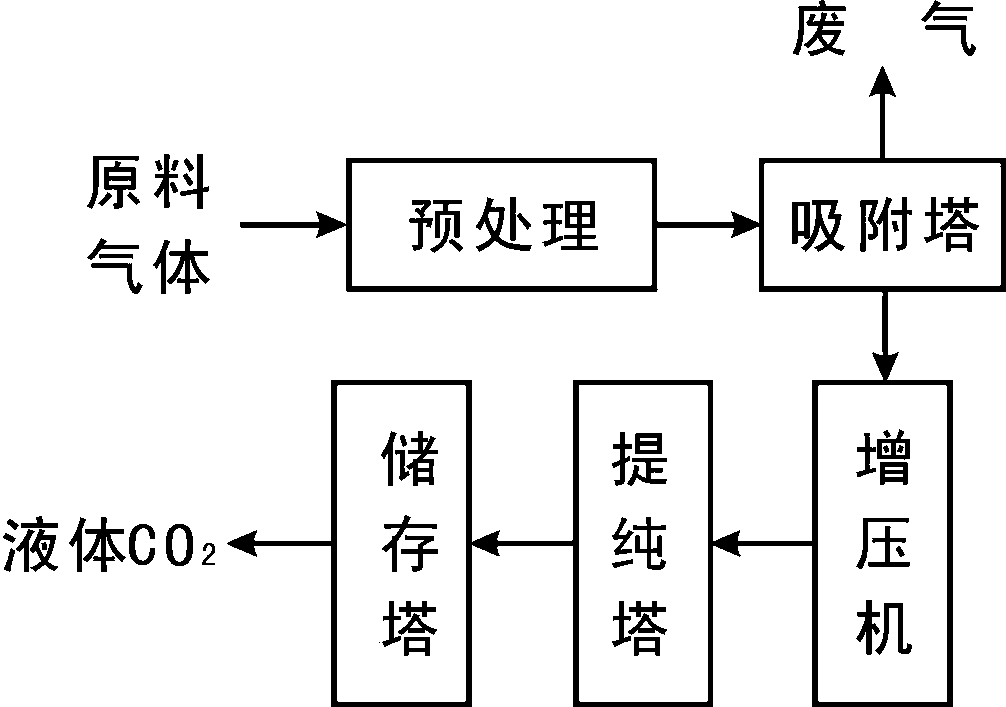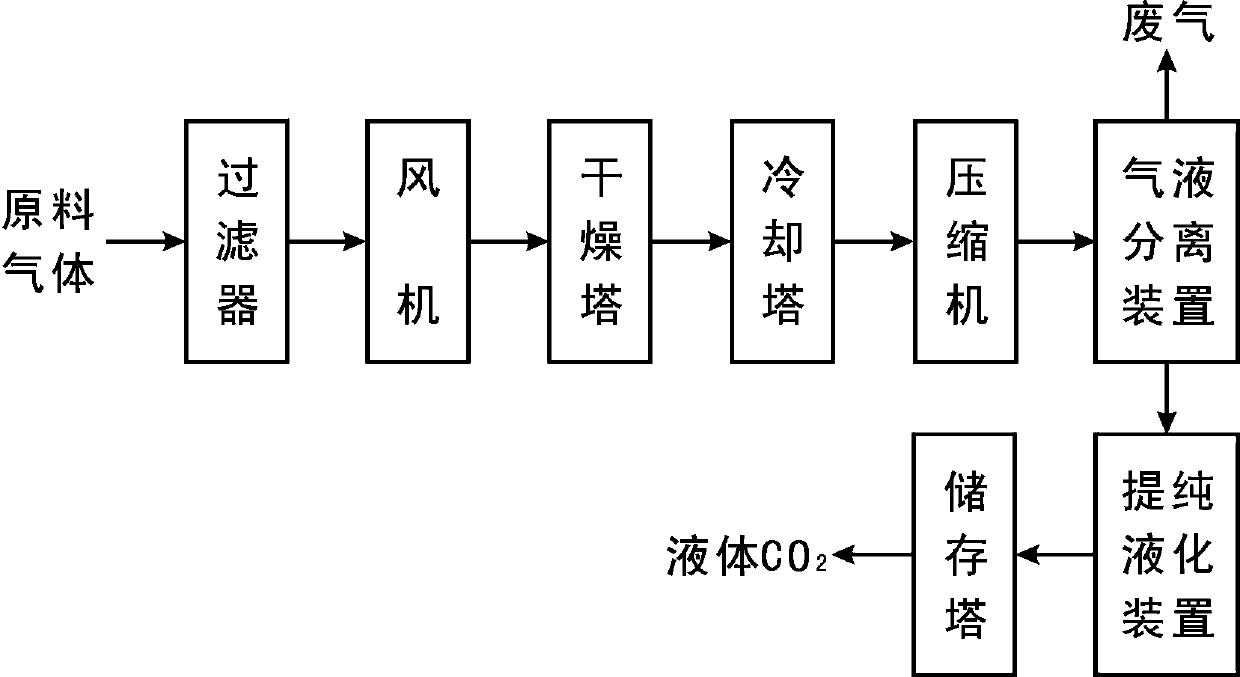Device and method for trapping carbon resources in atmosphere
An atmospheric and atmospheric technology, applied in the field of resources and the environment, can solve problems such as environmental pollution, waste, and low gas quantity
- Summary
- Abstract
- Description
- Claims
- Application Information
AI Technical Summary
Problems solved by technology
Method used
Image
Examples
Embodiment 1
[0087] Example 1 - planting fast-growing plants to capture CO 2
[0088] Use the photosynthesis of fast-growing plants such as fast-growing herbs, woody plants, algae, lichens or mosses to convert gaseous CO in the atmosphere 2 , transferred into the biosphere to form solid organic carbon compounds for carbon storage and sequestration; taking the example of planting hybrid pennisetum in the middle and lower reaches of the Yangtze River for forming, carbon storage, and sequestration, the specific steps are as follows:
[0089] (1) planting
[0090] Choose a place with deep, fertile, sunny, and convenient irrigation. Before planting, plow and form a ridge. The ridge width is preferably 2-3m to facilitate drainage and field management.
[0091] Sow when the temperature is stable above 10°C, select strong stems with full bud eyes, no diseases, insects, and damages as the stems, cut them into small sections, each section has 1 to 2 axillary buds; the row spacing between plants ...
Embodiment 2
[0102] Example 2 - capture CO by physical absorption 2
[0103] Take Na 2 O, K 2 O, Al 2 o 3 , MgO, CaO, Li 2 O, ZrO 2 , Li 2 ZrO 3 , Li 4 SiO 4 , activated carbon, zeolite and other CO 2 Examples of solid adsorbents.
[0104] Utilize Na 2 O, K 2 O, Al 2 o 3 , MgO, CaO, Li 2 O, ZrO 2 , Li 2 ZrO 3 , Li 4 SiO 4 and other metal oxide adsorbents for CO 2 The adsorption capacity is very high, and it can carry out multiple cycles of adsorption without pollution. Or use adsorbents such as zeolite, activated carbon and activated carbon fiber, porous materials, molecular sieve materials, and nanotubes to adsorb CO with developed pore structure, large specific surface area, excellent adsorption performance, and stable physical and chemical properties. 2 , to capture carbon resources.
[0105] The solid sorbent converts CO during the reaction 2 Converted into solid form for easy storage, transportation and utilization. Wide source of raw materials, no second...
Embodiment 3
[0110] Example 3 - Membrane separation method captures CO 2
[0111] see figure 1 , the membrane separation method captures CO 2 Take cellulose acetate or ethyl cellulose as examples of membrane materials.
[0112] Separation of CO is achieved by using the different transmission rates of gases through the membrane driven by pressure. 2 , for the purpose of purification and recovery.
[0113] Specific steps are as follows:
[0114] 1. The air passes through the air filter to remove particulate matter.
[0115] 2. The filtered clean gas enters the gas membrane separation device through the air booster.
[0116] 3. CO separated by membrane separation device 2 , into the CO through the air booster 2 Storage tower (tank).
[0117] 4. Membrane separation device to separate CO 2 Afterwards, the exhaust gas is released into the atmosphere.
PUM
 Login to View More
Login to View More Abstract
Description
Claims
Application Information
 Login to View More
Login to View More - R&D
- Intellectual Property
- Life Sciences
- Materials
- Tech Scout
- Unparalleled Data Quality
- Higher Quality Content
- 60% Fewer Hallucinations
Browse by: Latest US Patents, China's latest patents, Technical Efficacy Thesaurus, Application Domain, Technology Topic, Popular Technical Reports.
© 2025 PatSnap. All rights reserved.Legal|Privacy policy|Modern Slavery Act Transparency Statement|Sitemap|About US| Contact US: help@patsnap.com



